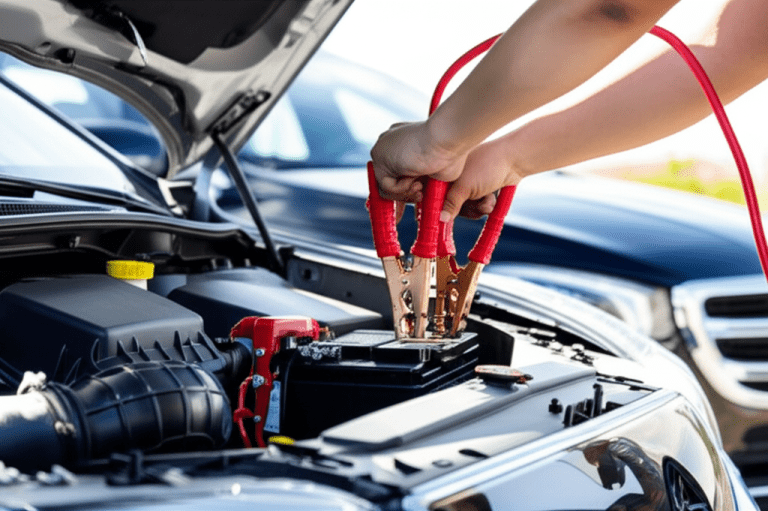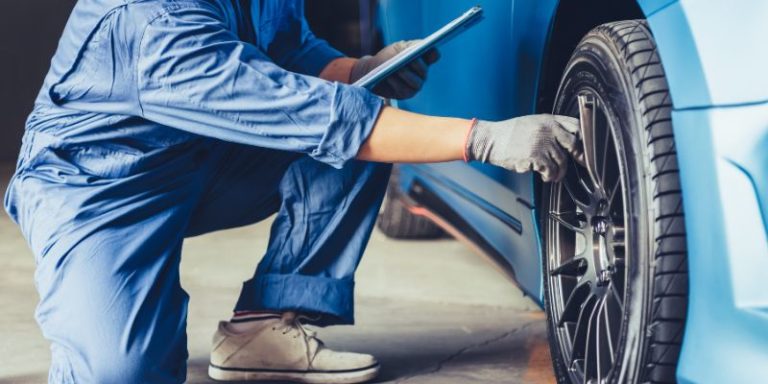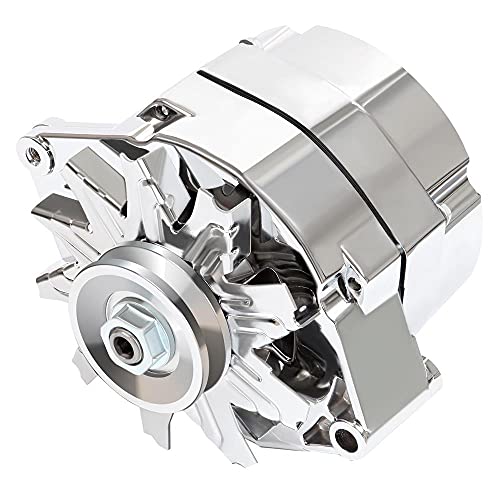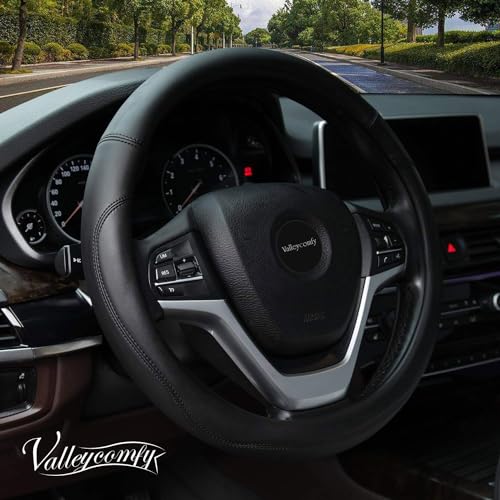Does Rain Damage Car Paint? Uncover the Truth
Rain can harm car paint, but not always. It depends on several factors.
Understanding these can help protect your vehicle’s finish. Cars face many environmental threats, and rain is a common concern. While rain itself is not harmful, pollutants in rainwater can affect paint. Acid rain, for example, contains chemicals that can damage your car’s surface.
When rain evaporates, it leaves behind these pollutants, potentially leading to spots and fading. Frequent exposure without proper care can worsen these effects. Regular cleaning and protective coatings can mitigate risks. Knowing how rain impacts paint can help you maintain your car’s appearance. Keeping your car clean and protected is key. Learn how to safeguard your car from rain damage.
Car Paint And Environmental Factors
Rain can affect car paint in several ways. It carries dirt and dust. When rain dries, it leaves spots. These spots are hard to clean. Acid rain is worse. It contains chemicals that harm paint. Over time, the paint can fade. This makes the car look old.
Sunlight also harms car paint. It causes the paint to fade. UV rays break down the paint’s surface. This makes the car look dull. Always park in the shade if possible.
Some think rain washes cars. This is not true. Rainwater is not clean. It carries pollutants. These can cause damage. Others believe waxing is not needed. But waxing protects the paint. It adds a shiny layer. This helps repel water and dirt.
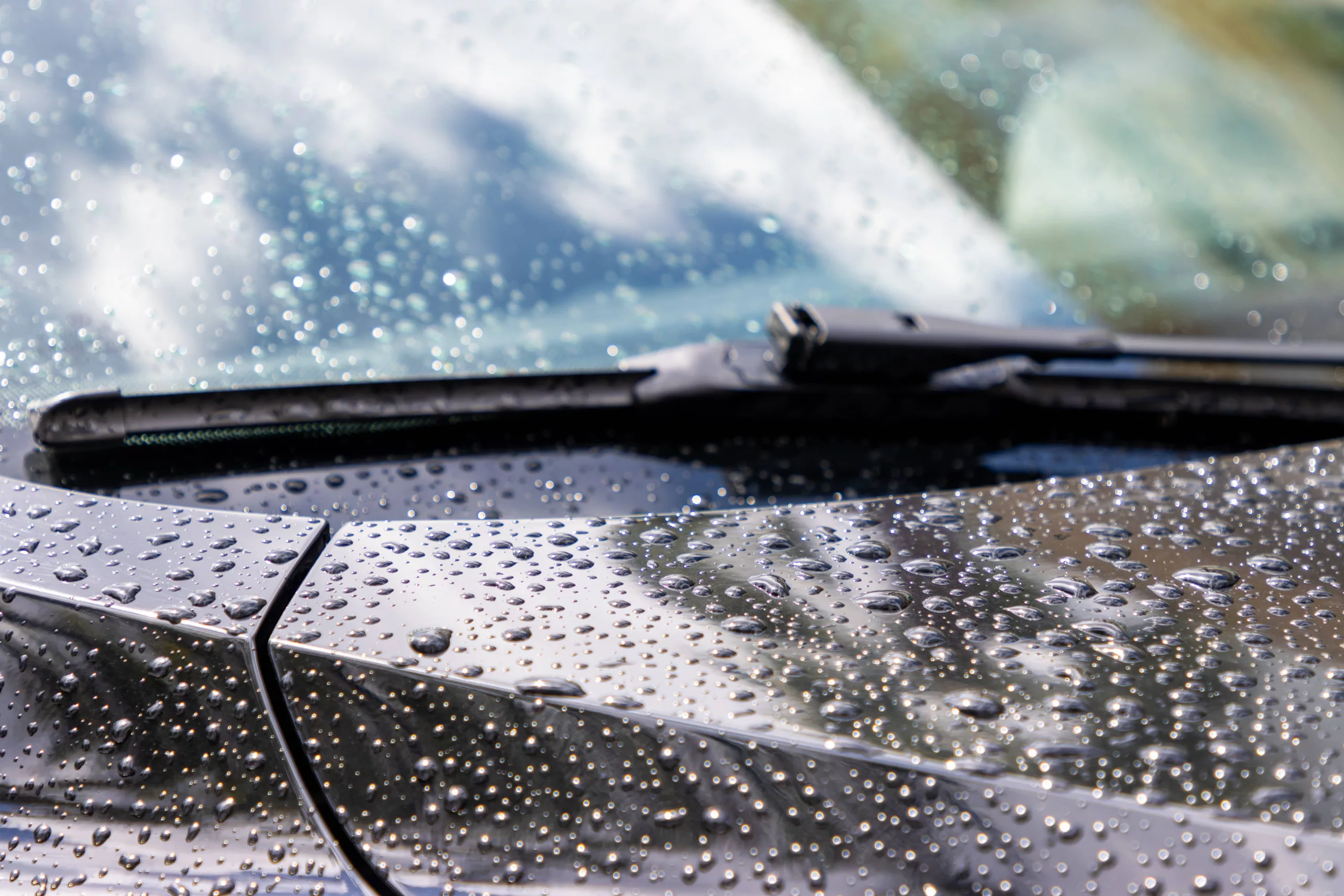
Credit: cobblestone.com
Components Of Rain
Acid rain has chemicals that can harm car paint. The chemicals come from the air. When they mix with water, they become acidic. This acid can make paint dull. It eats away the shine. The more it rains, the worse it gets. Acid rain leaves marks on cars. These spots are hard to clean. Once they dry, it’s tough to remove.
Rainwater can carry pollutants from the sky. These pollutants are dirt and chemicals. Factories and cars put them in the air. When it rains, they come down. They stick to car surfaces. Over time, these pollutants harm the paint. The paint can lose its color. It can even start to peel. This makes cars look old and worn.
Short-term Vs Long-term Impact
Rainwater can have dirt and chemicals. These stick to your car. Car paint might get spots. Water spots are not nice to see. Some spots can be cleaned. A fast wash can help. But some spots can stay longer. Acid rain is worse. It can be harmful. Paint gets dull and rough. A gentle wash is good after rain.
Over time, rain can cause more damage. Repeated rain exposure wears down paint. Paint loses shine and smoothness. Small cracks can form. These cracks grow bigger. Rust can start from cracks. Rust makes the car look old. It also weakens the car. Regular care is important. Waxing helps protect the paint. Covering the car is good when possible.

Credit: autodetaildoctor.com
Protective Measures For Car Paint
Cars need care to stay shiny. Rain can harm car paint. Dirt and water can cause scratches. Wash your car often. Use soft cloths to avoid scratches. Keep your car dry whenever you can. Parking in a garage helps. Avoid parking under trees. Sap and bird droppings can damage paint. Clean them quickly if they happen.
Car wax is important. It creates a shield for the paint. This shield protects against rain and dirt. Wax makes the car look new. Apply wax every few months. Waxing is easy. You need a clean cloth and the right wax. Rub the wax in circles. Let it dry. Then, wipe it off with a clean cloth. Waxing keeps cars safe from rain.
Role Of Car Paint Quality
Car paint quality varies. Some paints are better than others. Basic types include acrylic, urethane, and enamel. Acrylic paint is glossy but less durable. Urethane paint is strong and lasts long. Enamel paint provides a hard finish but can chip.
Good quality paint protects cars from rain damage. Cheap paint may fade or peel quickly. Durable paint resists water and sun. Quality paint keeps cars looking new. Using strong paint is wise for car care. Paint sealants add extra protection.

Credit: www.cilajet.com
Myths Surrounding Rain Damage
Many people believe that rain will ruin car paint. This is not always true. Rainwater is usually clean and does not damage paint directly. But, rain can mix with dirt and dust. This can make marks on the car surface.
Some think acid rain is very harmful. Acid rain can be bad, but it is rare in many places. Regular rain is not acid rain. It does not have strong effects. It’s important to wash your car after rain. This keeps it looking good and protects the paint.
Experts say rain itself is not the problem. Rain mixed with pollution can be harmful. Clean rain helps to wash away dust and grime. This can be good for your car. Always check the weather and clean your car regularly.
Preventative Strategies
Rain can harm car paint over time by causing oxidation and fading. Acidic rain, combined with pollutants, can lead to discoloration and corrosion. Regular washing and waxing offer protection, maintaining your car’s shine and finish.
Effective Cleaning Practices
Regularly washing your car helps keep the paint looking fresh. Dirt and grime can stick to the surface. Rainwater may mix with these particles. This can lead to damage over time. Use gentle soap and water for cleaning. Avoid harsh chemicals that can harm the paint. Dry the car completely after washing. This prevents water spots and streaks. Waxing after cleaning adds a protective layer. It keeps dirt and rain from sticking to the paint.
Use Of Protective Covers
Car covers shield your vehicle from rain. They protect the paint from getting wet. Covers also keep dirt and debris away. They are easy to use and store. Choose a cover that fits well. Make sure it is waterproof. It should also be breathable. This prevents moisture buildup under the cover. Covers help maintain the car’s shine and color. They are a smart choice for outdoor parking.
Choosing The Right Products
Using the right sealant is important. It can keep your car paint safe. Paint sealants act like a shield. They protect the paint from rain and dirt. A good sealant lasts for months. Some sealants even last a year. It’s easy to apply. You just spread it on the car. Then, let it dry. Finally, wipe it off. Your car will shine and stay protected.
Cleaning your car with the right solution is important. Mild soap and water work well. Harsh chemicals can harm the paint. Always read labels. Use soft cloths or sponges. They keep the paint smooth. Rinse the car well after washing. This removes all soap. Dry with a clean towel. This prevents water spots.
Frequently Asked Questions
Is It Bad For Your Car To Get Rained On?
Rainwater itself isn’t harmful to cars. Regular exposure without proper cleaning can lead to rust or damage. Regular washing and waxing can protect the paint. Ensure drainage areas like sunroofs and doors are clear to prevent water damage. Keeping your car clean prolongs its lifespan and appearance.
Should You Wipe Rain Off Your Car?
Yes, wiping rain off your car is recommended. It helps prevent water spots and potential paint damage. Use a microfiber cloth for best results. Regular cleaning maintains your car’s appearance and protects its finish.
How Long Will Rain Damage A Freshly Painted Car?
Freshly painted cars need at least 24 hours to dry. Rain can damage the paint if it falls before this period. Ensure your car is shielded from rain until the paint fully cures. Protecting your car from moisture helps maintain its appearance and prevents potential damage.
Is It Okay To Wash A Car With Rain Water?
Yes, washing a car with rainwater is okay. Rainwater is soft and free of minerals. It can help avoid water spots and streaks. Ensure the rainwater is collected in a clean container to prevent dirt and debris from scratching the car’s surface.
Conclusion
Rain can harm your car’s paint over time. Acid rain, pollutants, and dirt in rainwater can cause damage. Regular washing helps protect your car. Consider using wax or a protective sealant. These steps help maintain your car’s look. Keep your car clean and protect its paint.
Your car will stay shiny and last longer.


